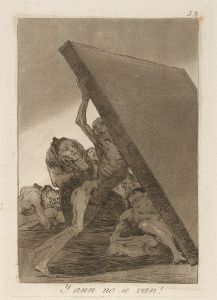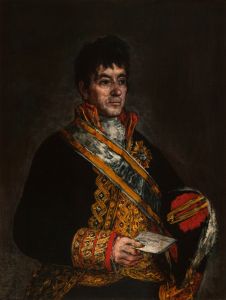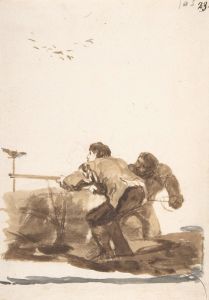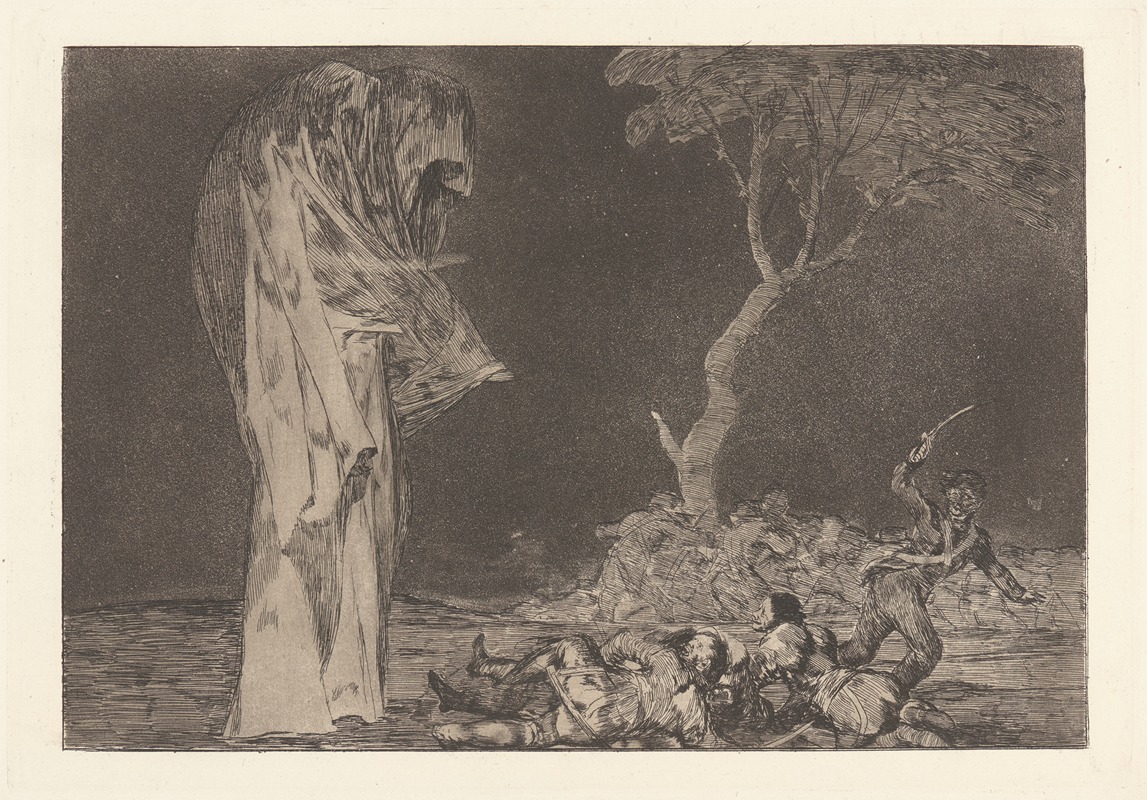
Do Not Lose Honour through Fear [Folly of Fear]
A hand-painted replica of Francisco de Goya’s masterpiece Do Not Lose Honour through Fear [Folly of Fear], meticulously crafted by professional artists to capture the true essence of the original. Each piece is created with museum-quality canvas and rare mineral pigments, carefully painted by experienced artists with delicate brushstrokes and rich, layered colors to perfectly recreate the texture of the original artwork. Unlike machine-printed reproductions, this hand-painted version brings the painting to life, infused with the artist’s emotions and skill in every stroke. Whether for personal collection or home decoration, it instantly elevates the artistic atmosphere of any space.
Francisco de Goya, one of Spain's most renowned painters, is celebrated for his profound impact on the art world during the late 18th and early 19th centuries. Among his extensive body of work is a piece titled "Do Not Lose Honour through Fear," also known as "Folly of Fear." This artwork is part of Goya's series of drawings known as "Los Caprichos," a collection that critiques the social, political, and religious issues of his time through satirical and often dark imagery.
"Do Not Lose Honour through Fear" is emblematic of Goya's ability to convey complex themes and emotions through his art. The piece reflects Goya's critical perspective on human behavior, particularly focusing on the concept of fear and its impact on personal integrity and honor. In the context of the late 18th century, Spain was a country grappling with political instability, social upheaval, and the influence of the Enlightenment. Goya, through his art, often commented on the irrationality and folly he observed in society, and this work is no exception.
The artwork itself is a part of the "Los Caprichos" series, which consists of 80 prints created using the aquatint etching technique. This series was published in 1799 and is considered one of Goya's most significant contributions to the art world. The prints in "Los Caprichos" are known for their sharp social commentary and their ability to capture the absurdities and vices of human nature. Goya used these prints to explore themes such as superstition, ignorance, and the abuse of power.
In "Do Not Lose Honour through Fear," Goya likely intended to highlight the dangers of allowing fear to dictate one's actions, leading to a loss of personal honor and integrity. This theme resonates with the broader messages found throughout "Los Caprichos," where Goya frequently criticized the societal norms and behaviors that he believed were detrimental to human dignity and progress.
Goya's work during this period was heavily influenced by the Enlightenment, a movement that emphasized reason, science, and individualism. His art often reflects the tension between traditional beliefs and the new ideas emerging during this time. "Do Not Lose Honour through Fear" can be seen as a reflection of Goya's Enlightenment ideals, as it encourages viewers to confront their fears and uphold their principles in the face of adversity.
The "Los Caprichos" series, including "Do Not Lose Honour through Fear," was initially met with mixed reactions. While some praised Goya for his bold and innovative approach, others criticized him for his unflinching portrayal of societal flaws. Despite this, the series has endured as a powerful testament to Goya's artistic genius and his commitment to social critique.
Today, Francisco de Goya is remembered as a pivotal figure in the transition from the Old Masters to modern art. His work, including "Do Not Lose Honour through Fear," continues to be studied and admired for its technical mastery and its profound exploration of the human condition.





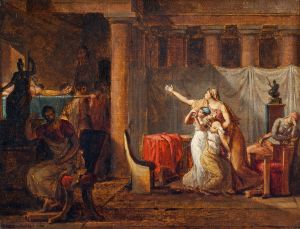
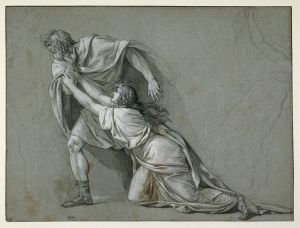
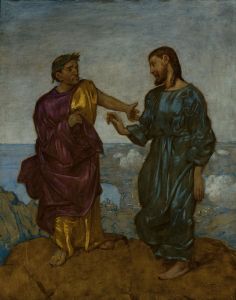

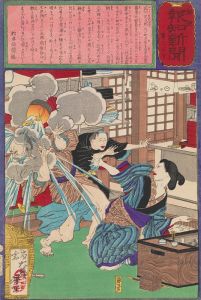
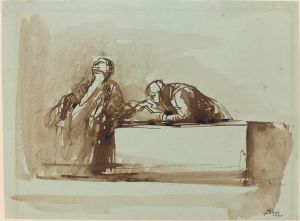
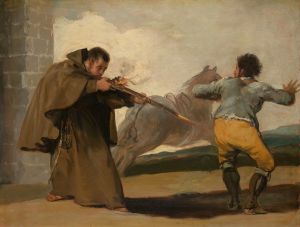
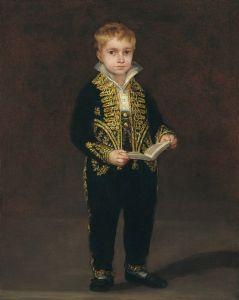

![Renounce the Friend Who Covers You with His Beak [Flying Folly]](/imgs/264650/s/francisco-de-goya-renounce-the-friend-who-covers-you-with-his-beak-flying-folly-e613558e.jpg)

